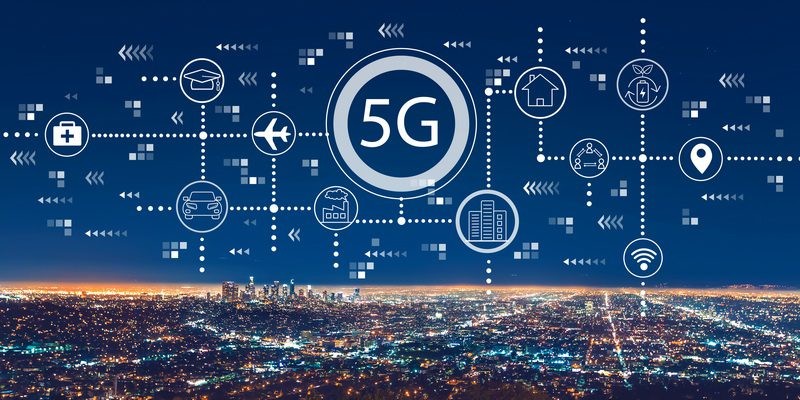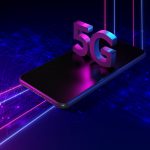The advent of 5G technology marks a significant leap in telecommunications, promising faster speeds, lower latency, and greater connectivity. As the world begins to roll out 5G networks, it’s important to understand the transformative impact of this technology and what lies beyond it. In this article, we explore the advancements of 5G, its potential applications, and the emerging trends that could shape the next generation of connectivity.
1. Unpacking 5G: What Sets It Apart
5G, or fifth-generation wireless technology, offers several key improvements over its predecessors. Unlike 4G, which primarily enhanced mobile internet speeds, 5G introduces several new features:
- Increased Speed: 5G networks can deliver download speeds up to 10 gigabits per second, a significant improvement over the maximum speeds of 4G.
- Reduced Latency: With latency as low as 1 millisecond, 5G offers near-instantaneous communication between devices, crucial for applications requiring real-time responses.
- Enhanced Capacity: 5G supports a higher density of connections per square kilometer, allowing more devices to connect simultaneously without degradation in performance.
- Network Slicing: This feature allows operators to create multiple virtual networks within a single physical 5G network, tailored to different use cases and industries.
2. Transformative Applications of 5G
The benefits of 5G extend across various sectors, enabling innovations that were previously unattainable:
- Smart Cities: 5G enables the development of smart city infrastructure, including intelligent traffic management systems, smart lighting, and enhanced public safety solutions. For example, real-time traffic monitoring and adaptive signal control can reduce congestion and improve urban mobility.
- Healthcare: Telemedicine and remote surgery are set to benefit from 5G’s low latency and high bandwidth. Surgeons can perform remote operations with precision, while real-time health monitoring devices can transmit data instantly to healthcare providers.
- Industrial Automation: In manufacturing, 5G facilitates the implementation of Industry 4.0 technologies, such as robotics and IoT (Internet of Things) devices. This leads to more efficient production processes, predictive maintenance, and enhanced safety protocols.
- Entertainment: 5G enhances the quality of streaming services by supporting high-definition and augmented reality (AR) content. Users can experience immersive gaming and VR (virtual reality) environments with minimal lag and high responsiveness.
3. Beyond 5G: The Road to 6G and Emerging Trends
As 5G technology matures, research into the next generation, 6G, is already underway. Here are some emerging trends and technologies that are expected to define the future of connectivity:
- Terahertz Waves: 6G networks are anticipated to use terahertz frequency bands, which can support even higher data rates and capacity than 5G. This could enable new applications such as ultra-high-definition holographic communication.
- Artificial Intelligence (AI): AI will play a critical role in optimizing network management and performance. AI-driven algorithms will help in real-time decision-making, traffic management, and predictive maintenance of network infrastructure.
- Quantum Communication: Quantum technologies promise to revolutionize secure communications. Quantum key distribution (QKD) can provide theoretically unbreakable encryption, addressing concerns about data security in future networks.
- Edge Computing: Combining 6G with edge computing will reduce latency further by processing data closer to the source. This is particularly important for applications requiring immediate response, such as autonomous vehicles and industrial automation.
4. Challenges and Considerations
Despite its potential, 5G and future networks face several challenges:
- Infrastructure Development: The rollout of 5G requires substantial investment in new infrastructure, including cell towers and fiber optic cables. This can be a barrier to widespread adoption, especially in rural areas.
- Health and Safety Concerns: There are ongoing debates about the potential health effects of increased exposure to radiofrequency radiation. While research indicates that 5G is safe, public concerns and regulatory scrutiny remain important considerations.
- Privacy and Security: As networks become more connected, the risk of cyberattacks and data breaches increases. Ensuring robust security measures and privacy protections will be crucial for maintaining user trust.
5. The Future of Connectivity: What Lies Ahead
The future of connectivity is poised to be transformative, with 5G laying the groundwork for even more advanced technologies. As we move towards 6G and beyond, the focus will be on achieving faster speeds, greater connectivity, and enhanced security. Innovations in AI, quantum communication, and edge computing will drive the next wave of technological advancements.
Ultimately, the impact of these technologies will be felt across all aspects of society, from how we work and live to how we interact and entertain ourselves. By understanding and preparing for these changes, we can better navigate the exciting journey ahead and harness the full potential of next-generation networks.
Conclusion
The rise of 5G and the forthcoming advancements in connectivity represent a new era in technology. With its promise of faster speeds, lower latency, and enhanced capacity, 5G is set to revolutionize various industries and applications. Looking forward, the exploration of 6G and beyond will continue to push the boundaries of what is possible, driving innovation and shaping the future of connectivity.
As we embrace these technological advancements, it is essential to address the associated challenges and ensure that the benefits of these technologies are accessible to all. The future of connectivity is bright, and its potential to transform our world is boundless.



